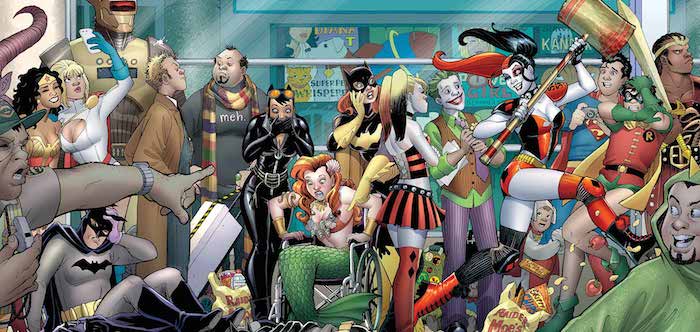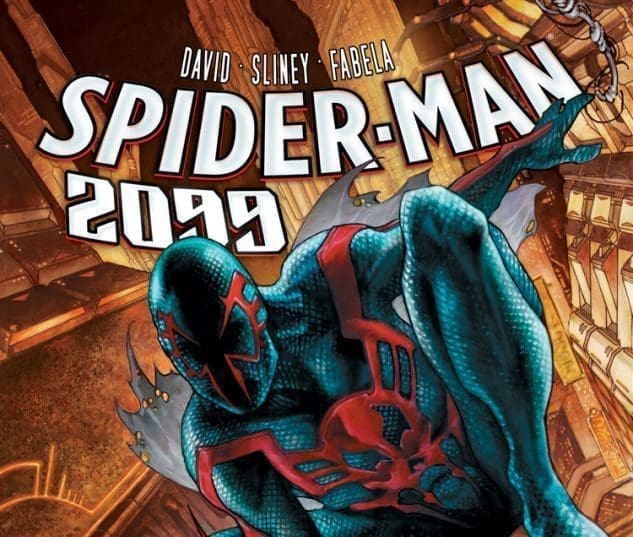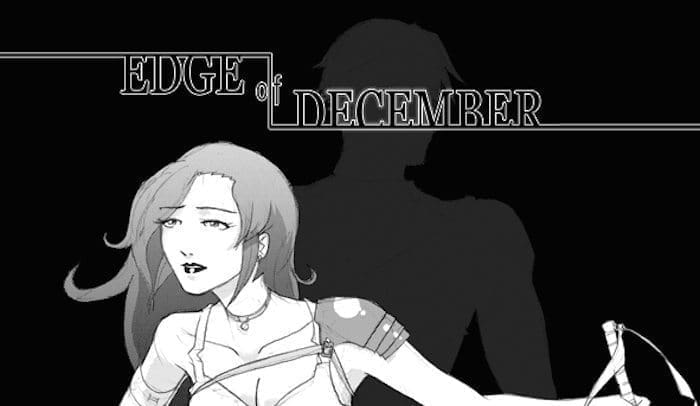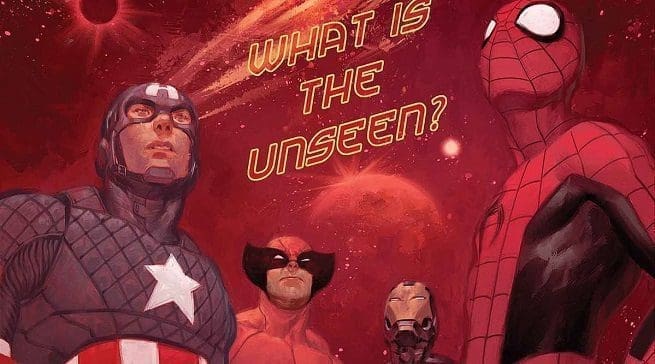
Typically the stories with villains at their center are the most fascinating to me, particularly when that villain has a lot of stories worth telling. Sinestro is one such character, easily one of the most fascinating villains in all of the comic world. One caveat to reading such a rich and complex character is that he comes saddled with an equally impressive history, which might be daunting to even readers that have been with DC since their massive reboot in 2011. Thankfully, with the advent of a new self-titled solo series, Sinestro is now more easily accessible to all readers, which must have been no small feat for Cullen Bunn when writing Sinestro #1. Reading through this issue is like taking a crash-course on the character, and it’s one of the more helpful #1 issues that I’ve read recently. Furthermore, Bunn manages to not only recap a significant portion of Sinestro’s past but is also able to successfully weave in a conflict that will propel the series moving forward. Those looking for a comprehensive guide to such a complex character should read this book.
How Bunn is able to drop in so much back story on Sinestro without giving the issue an overall feeling of a stagnant info-dump is in the way he relates the excess of information to the conflict he develops midway through the narrative. Throughout the first half of the book, we learn that Sinestro lost his home world to a Krypton-like mass explosion, became estranged from his daughter, and betrayed the Green Lantern Corps to form his own squadron of Yellow Lanterns. All of these bullet points, while helping to form the kind of character that Sinestro is for those who weren’t already aware, also services what happens to him later in the issue and what will likely serve as the mission statement for this series for the time being. Delivering this influx of information through the character of Lyssa Drak, the first of Sinestro’s followers, proves a much better method than simple internal monologue, which wouldn’t feel right for this character. When dealing with the recent merging between Sinestro and the entity known as the Parallax, however, Bunn missteps momentarily by explaining it away haphazardly, leaving readers with a mention of how that time has “now ended” but nothing more. It feels like a slight cheat.
Befitting an otherwise impressive début issue is Dale Eaglesham’s art, which does justice to Bunn’s polished script. His look for Sinestro is a bit more muscular than the traditional rendition of the character previously, but it works to help display his aggressiveness, particularly as he takes down a gnarly creature at the start of this issue. Aside from that brief tussle, there isn’t a lot of action to speak of in Sinestro #1, so Eaglesham is limited in that regard, but if the end of the issue is any indication, he’ll have his chance to demonstrate even more range next month. One particular image that Eaglesham captures strikingly is Lyssa, who has written the entire Book of Parallax on her body (even on her tongue) and each word glows beautifully under Eaglesham’s pencils and Jason Wright’s colors. She’s a welcome addition to this series as it moves forward under the rule of a character that I can’t wait to read more about.
GNN Rating for Sinestro #1: [usr 4]
Sinestro #1 is an easy recommendation to make as it is one of the best first issues I’ve read in quite some time. It relays a bevy of necessarily information on the character without feeling overbearing and then manages to introduce a strong and intriguing conflict. You’re getting a lot in one single issue and I imagine it’s only going to get better, so get in on the ground floor now.
[SlideDeck2 id=9304]
Greetings true believers! John is the Comics Director of GNN and when he isn't reading books with pictures and made up words, he can be seen on twitter @thisjohnd or on Facebook. To contact him the old fashioned way, his email address is john.dubrawa@gnnaz.com.





























